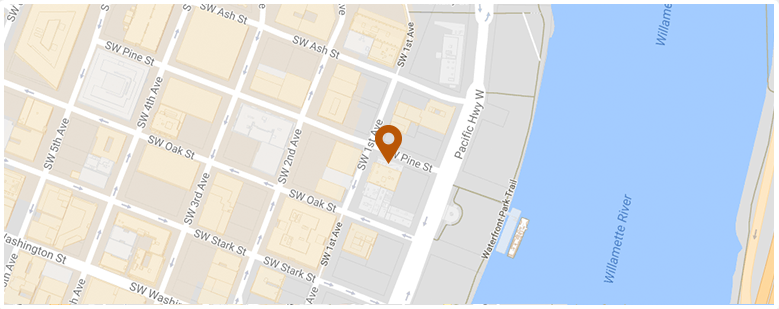The death of a Portland bike rider on Barbur Boulevard last August has given new urgency to proposals to change the balance of cars and bikes along this important commuting artery.
As a recent article in The Oregonian outlines, an advocacy group, the Bicycle Transportation Alliance, is urging the ODOT “to put a harrowing section of the high-speed boulevard on a “road diet.” Essentially the group wants a northbound auto lane removed to make space for about two miles of buffered bike lanes and pedestrian paths in both directions of the critical north-south corridor.”
As one might expect many drivers are unhappy with this plan, citing the fact that, according to The Oregonian, ODOT relies on Barbur to relieve rush-hour traffic pressure on I-5. What is different about this dispute is the fact that commuting has emerged as the focus for both sides in this debate. Unusually for these sort of debates, the question is not one of balancing roadways against recreational bikeways but, rather, of balancing the needs of different types of commuters in a city that prides itself on its bike-friendly attitude. The paper reports that “nearly 800 bicycle commuters a day” travel along the route. For the cycling community Barbur is especially important as it offers a relatively flat route through hilly Southwest Portland.
Equally important, however, are the safety concerns prompting the proposed changes. The Oregonian quotes the head of the BTA noting that “There have been a number of pretty serious crashes involving both pedestrians and bicyclists in that area.” The proposed changes are backed by a number of important local groups, including Lewis & Clark College and the City Club of Portland, according to the newspaper.
From my perspective as a Portland bicycle accident lawyer this is exactly the sort of project in which both Oregon and the City of Portland ought to be investing. The issue is not just August’s fatal Portland bike accident on Barbur, but rather the role that mixed-transportation must play in our future if fatal bike accidents are to be avoided. ‘Share the Road’ has to become something more than a slogan. It needs to be emblematic of an approach that both bike riders and drivers bring to all of our streets. The issue is not whether dedicating one lane of Barbur to bikes and pedestrians might slow down some people’s commute by car, but rather how much safer this initiative will make the commute along Barbur for everyone, regardless of the form of transportation they choose.
The Oregonian: Portland bicycle advocates, ODOT spar over removing a traffic lane on Southwest Barbur Boulevard
 Oregon Injury Lawyer Blog
Oregon Injury Lawyer Blog


